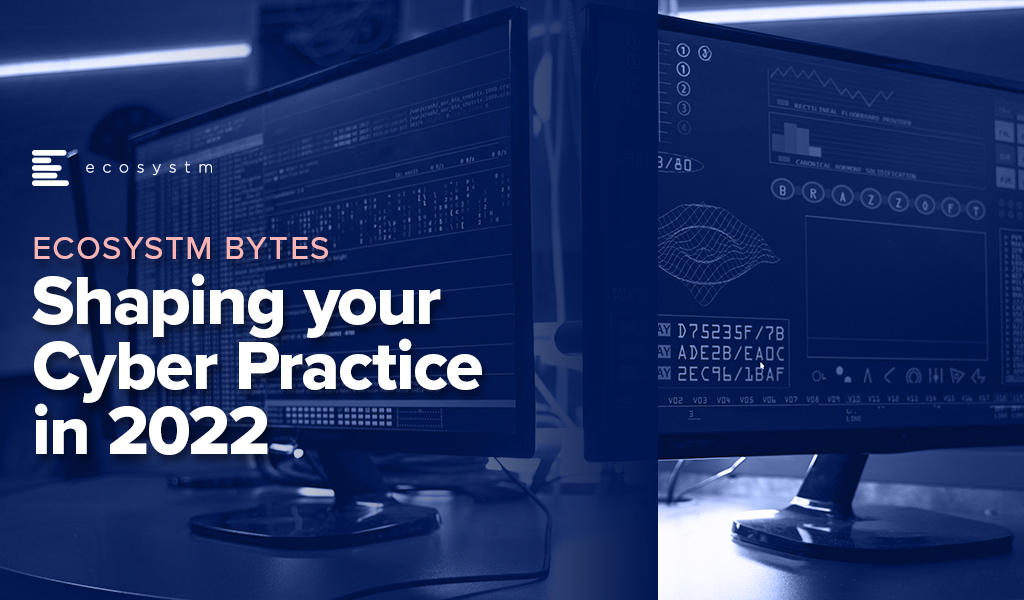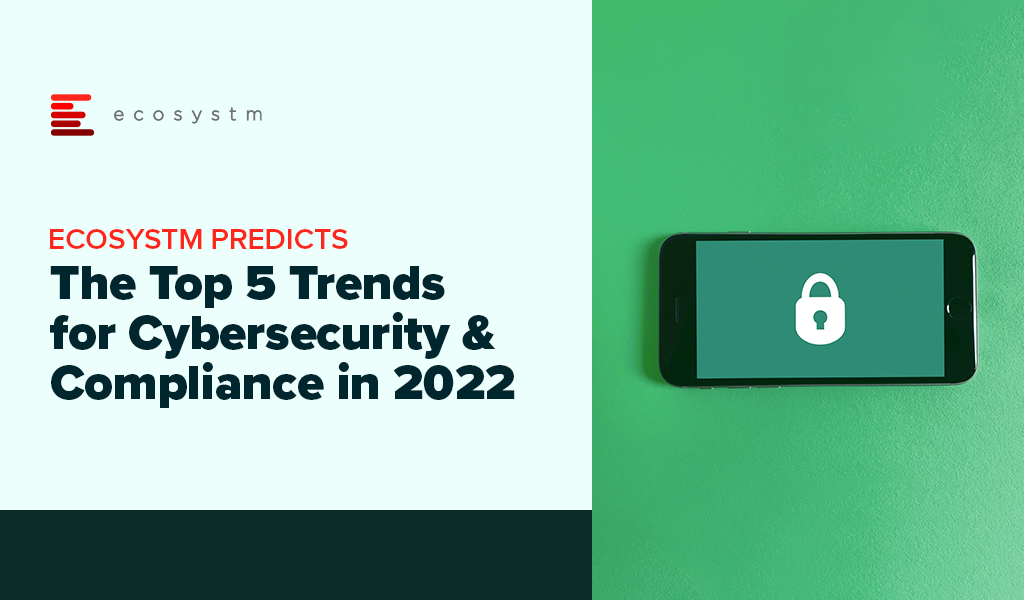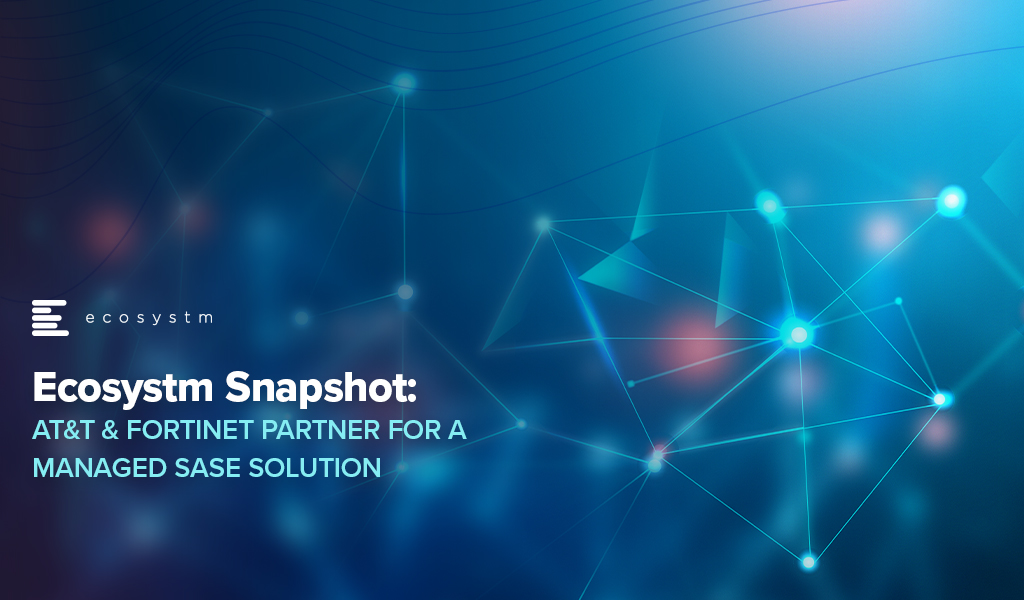Against a backdrop of extended disruption, cybersecurity risks are expanding rapidly and current defences are inadequate. Ransomware attacks are increasing in frequency and impact, focusing more on targets where outages are not an option, such as critical infrastructure and hospitals. Supply chain attacks are creating chaos and has led to a much-needed focus on supply chain vulnerabilities.
As digitalisation continues at a faster pace, cybersecurity is too often, a secondary concern.
With the acceleration of cloud adoption; widespread remote working; the resulting proliferation of endpoints; and the expansion of attack surface for malicious actors, this is the time for organisations to transform their cybersecurity approaches.
Here are the 5 steps that you should consider:
- Having CISOs report directly into top management – bypassing CIOs
- Focusing on configuration management
- Building resilience against ransomware attacks
- Migrating away from a legacy perimeter-based approach
- Shifting to Policy-as-Code
In 2022, attacks on organisations will grow in frequency and intensity. Organisations need to transform their approaches to cybersecurity. This involves embracing new concepts such as zero-trust and Secure Access Service Edge (SASE) as well as a stronger focus on policy as code and human factors.
Click here to download Shaping your Cyber Practice in 2022 as a PDF

Cyber operations become more complex with distributed company assets due to the hybrid work model; the need to revamp supply chains; and constantly monitor business continuity measures. And of course, 2021 has shown us that hackers are getting smarter and more vicious. Attacks now often originate from what appears to be trusted devices, people, applications – that reside inside the network. This will drive organisations to continue to focus on cybersecurity, and tech providers to develop on security by design in 2022.
Read on to find out what Ecosystm Analysts, Andrew Milroy and Claus Mortensen think will be the leading cybersecurity and compliance trends in 2022.

Last week AT&T announced a partnership with Fortinet to expand their managed security services portfolio. This partnership provides global managed Secure Access Service Edge (SASE) solutions at scale. The solution uses Fortinet’s SASE stack which unifies software-defined wide-area network (SD-WAN) and network security capabilities into AT&T managed cybersecurity framework. Additionally, AT&T SASE and Fortinet will integrate with AT&T Alien Labs Threat Intelligence platform, a threat intelligence unit to enhance detection and response. AT&T has plans to update its managed SASE service during the year and will continue to bring more options.
Talking about the AT&T-Fortinet partnership, Ecosystm Principal Advisor, Ashok Kumar says, “This move continues the trend of the convergence of networking and security solutions. AT&T is positioning themselves well with their integrated offer of network and security services to address the needs of global enterprises.”
Convergence of Network & Security
AT&T’s improved global managed security service includes features such as secure web gateway, firewall-as-a service, cloud access security broker (CASB) and zero-trust access, which provides security teams and analysts with unified capabilities across the cloud, networks and endpoints. The solution aims to enable enterprises to create a more resilient network bringing the core capabilities of the two companies that will reduce operational costs and deliver a unified offering.
Last year AT&T also partnered with Cisco to expand its SD-WAN solution and to support AT&T Managed Services using Cisco’s vManage controller through a single management interface. Over the past years multiple vendors including Fortinet have developed comprehensive SASE solution capabilities through partnerships or acquisitions to provide a unified offering. Last year Fortinet acquired Opaq, a SASE cloud provider to bolster their security capabilities through OPAQ’s patented Zero Trust Network Access (ZTNA) cloud solution and to strengthen SD-WAN, security and edge package.
The Push Towards Flexible Networking
Kumar says, “The pandemic has created a higher demand and value for secure networking services. Enterprises experienced greater number of phishing and malware attacks last year with the sudden increase in work-from-home users. The big question enterprises need to ask themselves is whether legacy networks can support their evolving business priorities.”
“As global economies look to recover, securing remote users working from anywhere, with full mobility, will be a high priority for all enterprises. Enterprises need to evaluate mobile SASE services that provide frictionless identity management with seamless user experiences, and be compatible with the growing adoption of 5G services in 2021 and beyond.”
The Top 5 Telecommunications & Mobility Trends that will dominate the telecom industry to watch out for in 2021. Signup for Free to download the report.























